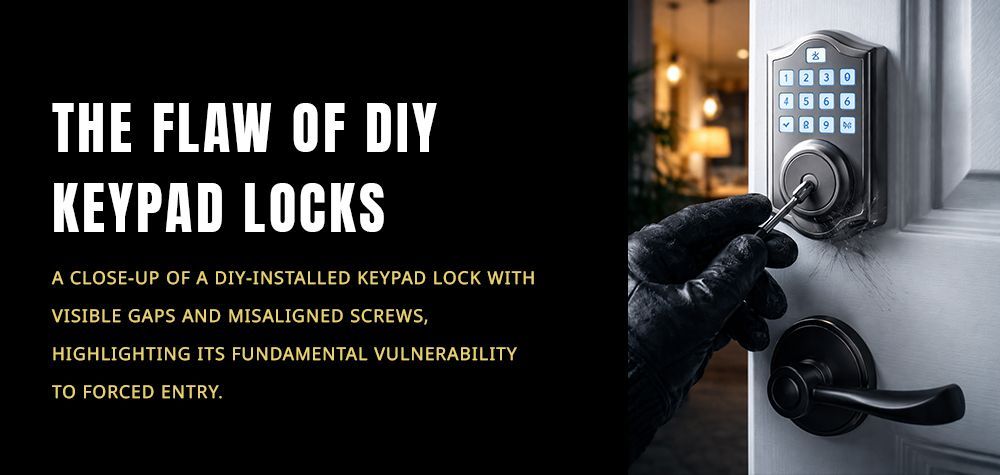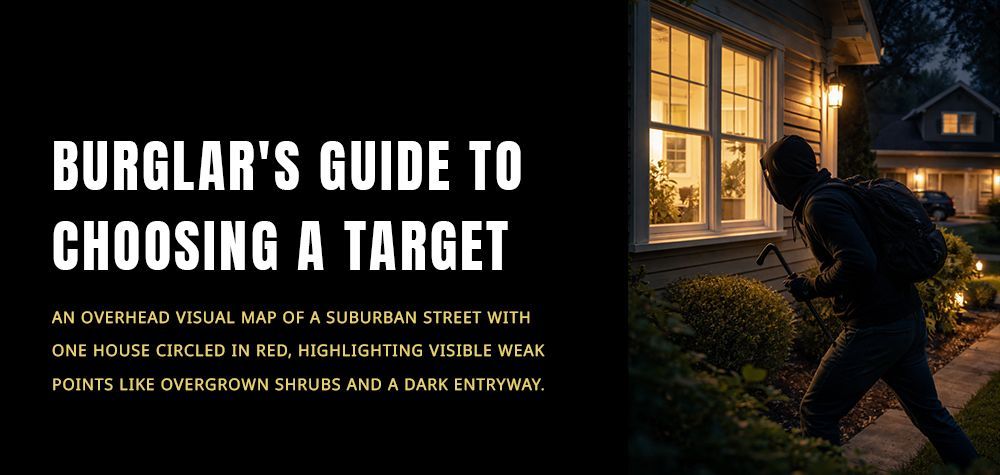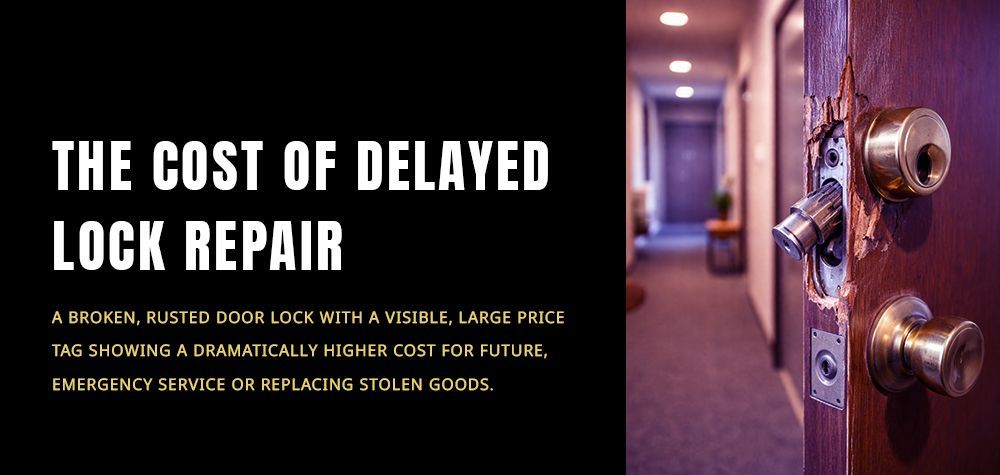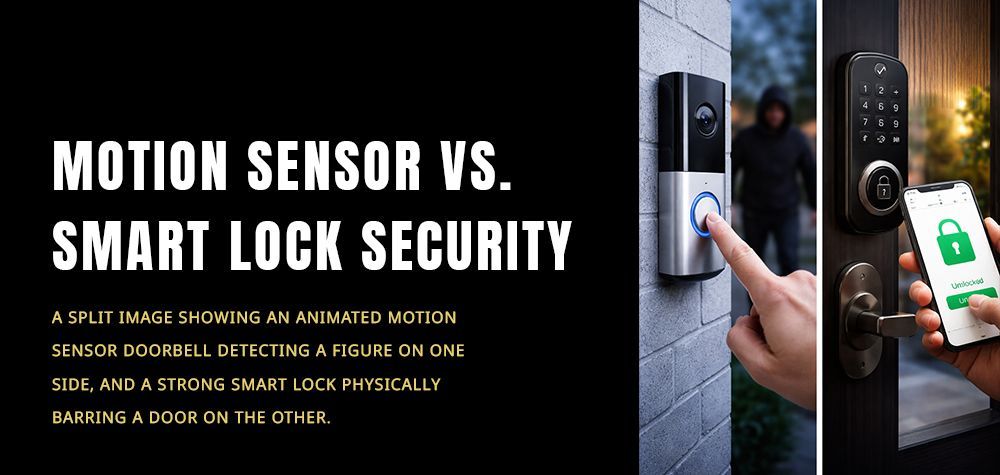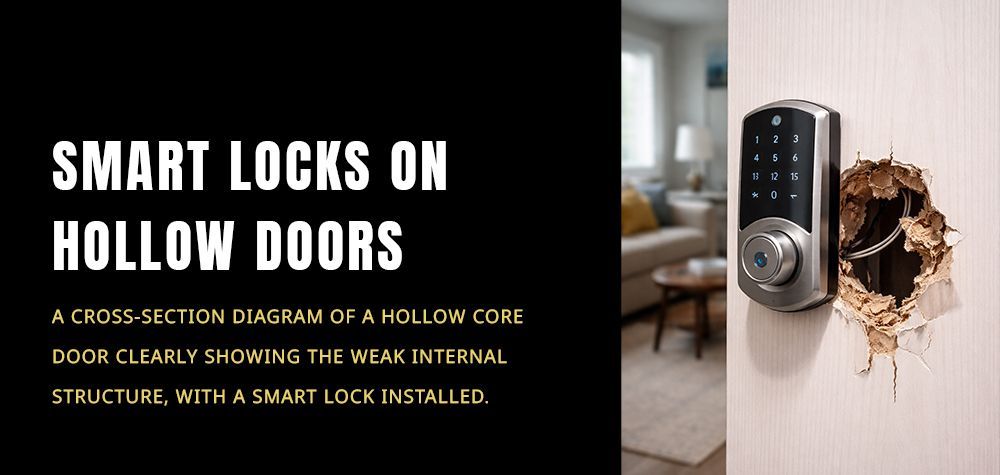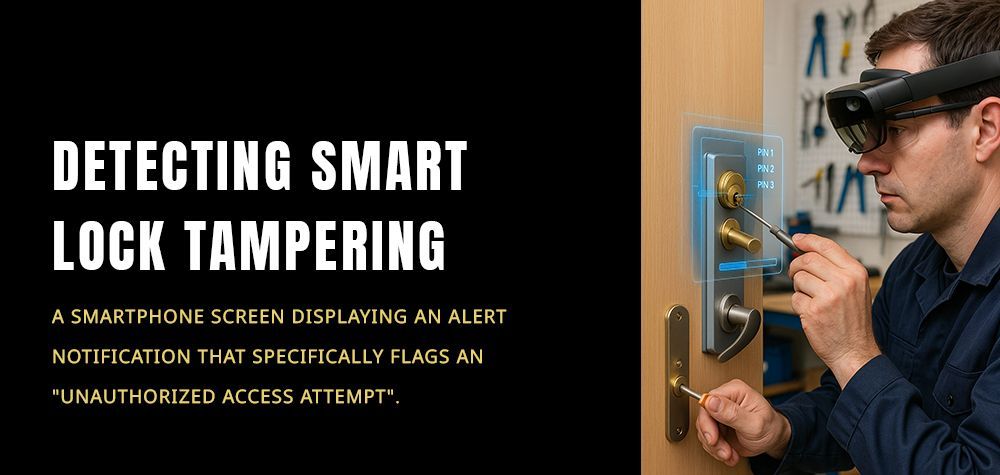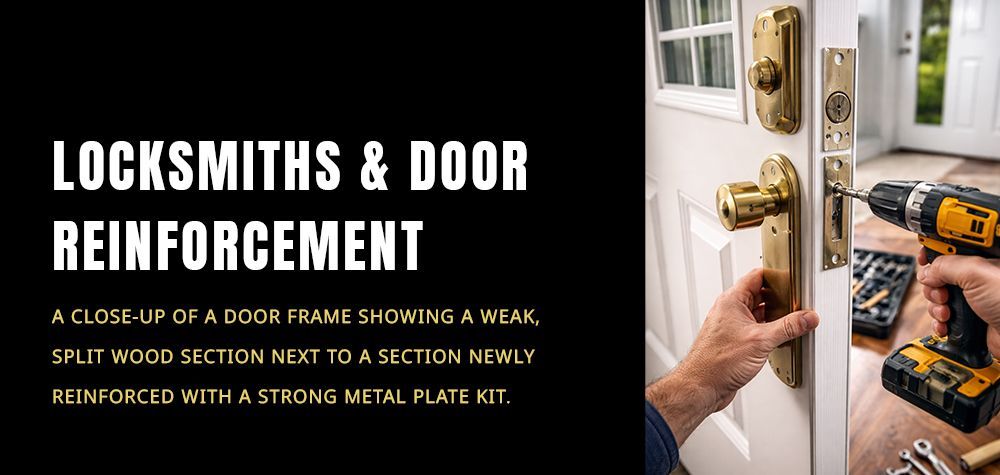Will Your Landlord Allow You Install a Security Alarm System?
The number of people installing alarm systems in their home is going up.
It is an effective way to ensure the safety of their family.
Also, the installation of home alarms is simple and generally does not require construction or large investments.
But can you set an alarm on a rented house?
Should you tell my landlord?
Who bears the installation and maintenance costs?
Should an alarm be set in a rented home?
Setting an alarm in a rental home depends on many issues, although security is the main element to consider and should always be a priority.
On the other hand, many rented houses have young people as tenants, both students and workers, who spend much of the day and weekends away from home, making them “targets” for thieves.
Ensuring the integrity of material goods and the people who live inside is the responsibility of those who reside in the rental housing , not its owner. It is true that the house can have anti-theft insurance and cover expenses such as damage, but this does not guarantee the protection of people in the day-to-day life or of the private assets that the tenant has at home.
For this reason, installing security alarms inside rented houses and flats is an option that we must always value.
Who should hire the alarm?
In houses and rented flats, the installation of interior security measures is not the owner’s obligation, but rather something that the tenant or tenant must value.
If you just moved into an apartment or rental house that already has an alarm, you should make a change of ownership because it is easy for the contract to be in the name of the previous tenant and even the owner.
The change of ownership is essential since most security companies protect the owner listed in the alarm contract. Normally this change is free and is done by contacting the security company directly.
If the alarm does not have a permanent contract, you can choose another company that offers you better conditions.
As you already know, before hiring an alarm it is important to assess the physical characteristics of the home, including surface area, number of entrances to the property and location, the existence of terraces or balconies, etc.
Choosing is not always easy, so it is advisable to seek advice from the best professionals before making a decision.
Regarding the communication to the owner, you should always inform him of any changes you make in his home, even if it does not require major interventions and regardless of whether all expenses are borne by you. This also includes setting an alarm.
And what happens if I move?
Setting an alarm in a rental house is a good option even if you are clear that it is a temporary home for work reasons or if you plan to change residence.
If you decide to install a home alarm, in the event of a move (in most cases), you will be able to put your alarm in your new home without increasing your monthly fees, which will depend exclusively on the type of alarm and the elements that you have.
Alarms without fees: an option for rented apartments?
Some people believe that installing an alarm without fees is a good alternative to protect a rented apartment. And it is that not having signed a contract with a security company, in case of leaving the house it is not necessary to carry out any procedure or change of contract. Just turn off the alarm.
However, this is not entirely true. Although the alarms without fees do not link you with any security company, the truth is that they cannot be compared with the best alarms in terms of functionality and effectiveness.
To begin with, the alarms without fees are not connected to an Alarm Receiving Center and, in the event of intrusion or theft, the police will not receive a specific alert call. Additionally, no-fee alarms are installed directly by users, without expert supervision, and without periodic maintenance. In other words, you will have no guarantee that the system will work when you really need it.
Broadly speaking, quota-free alarms can act as a deterrent, but are not effective in the event of theft .
If you are considering this option, analyze what your properties and your security are worth, and assess whether it is worth paying a monthly fee for them.
Why use alarms to protect your rented apartment?
- You will be calmer.
- You will protect your family and your property.
- You will generate a deterrent effect against thieves.
- You will enjoy a more relaxing vacation, knowing that your home is protected from intruders, fires, floods, or leaks.
- You can control what happens in your home.
- You will enjoy reduced premiums on your home insurance.
- If you move, you can take your alarm with you.
Call Us Any Time!


